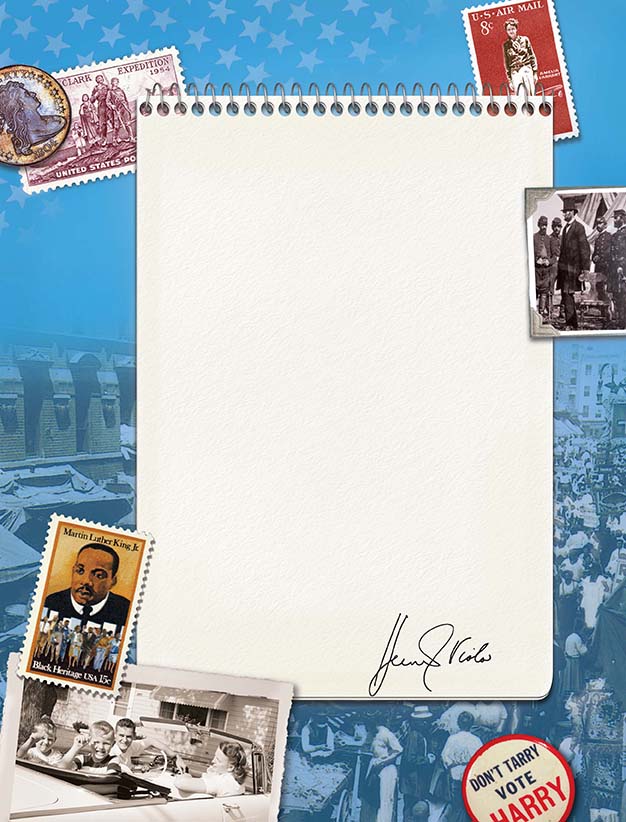Reflections: Enduring Issues
There is an expression that the more things change the more they remain the same. As we look over the history of our nation, we can find issues that come to the foreground time and again. We struggle with how to use our might as the strongest nation in the world, how to maintain our freedoms while we protect ourselves from those who would do us harm, and how to balance the rights and responsibilities of the government and the people.
One issue that has emerged time and again is that of immigration. Since our country’s founding, immigrants have contributed to the growth of the United States. Millions of people from around the globe have come here seeking a better life—religious freedom, an honest wage, security from armed conflict, the opportunity to succeed regardless of gender, ethnic background, or social standing. Some people have welcomed them, and others have feared the changes they might bring
Early immigrants struggled to Americanize as quickly as possible. Men like my father, Joseph Viola, arrived in this country from Austria alone, penniless, and unable to speak a word of English. After helping build the New York subway, he moved to Chicago where he helped construct the Elevated Train. It was there that he met and married the daughter of an Italian immigrant. I grew up listening to the stories of America being the promised land and was never taught either German or Italian for fear I would betray our foreign roots.
Today, the subject of immigration is once again a heated social and political issue. This time the bulk of the immigrants are not from Europe, as my parents were, but from Asia, South America, Africa, and other regions. Their arrival has brought forth many of the same issues that faced immigrants in the past. While some try to Americanize quickly, others are more reluctant to give up their heritage. In a world that seems more dangerous, the United States continues to be a refuge where people seek to enjoy the freedoms and democratic ideals of our founders.





